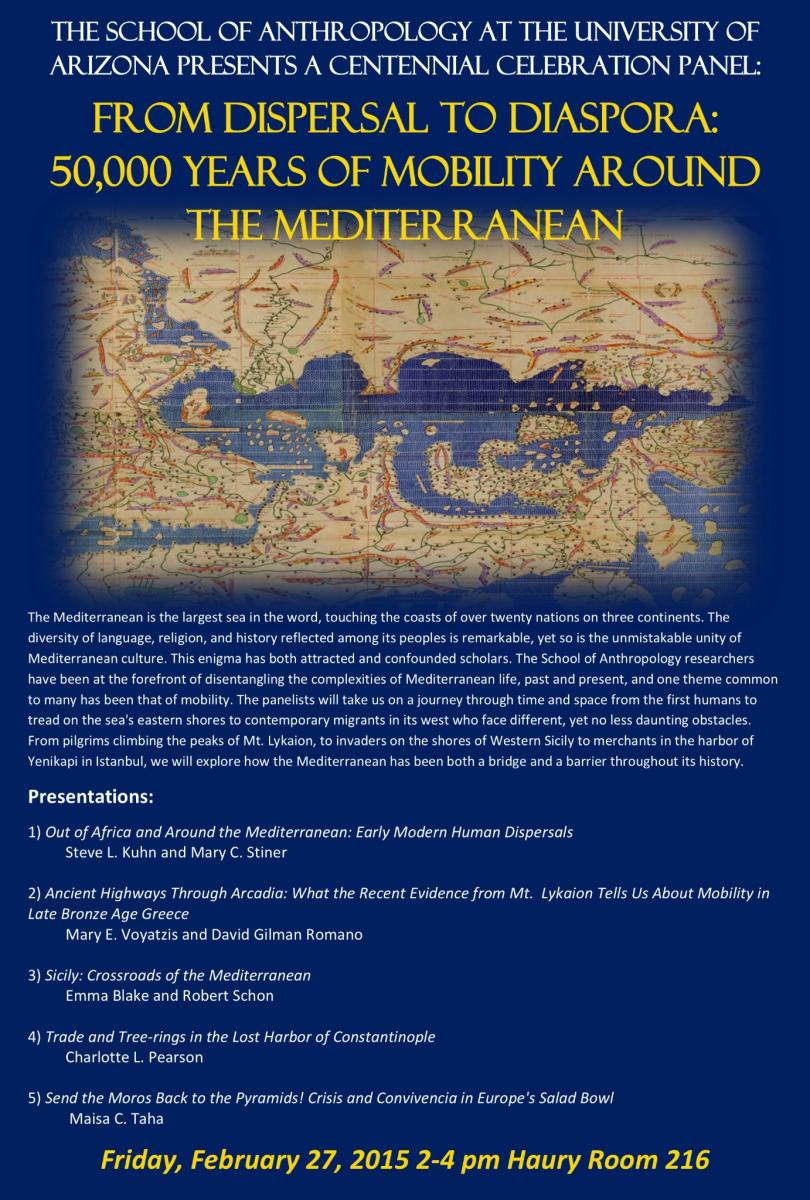The Mediterranean: Bridging Old and New Worlds
Feb 27-28. These events highlight the Mediterranean region and celebrate contributions of our faculty and graduate students, from archaeologists seeking to better understand past climate change and its effects in the area, to linguistic anthropologists helping uncover the unrecognized ways that language reinforces stereotyping and challenges democratic education in the region.
Friday, February 27, 2015 - 10 am to 4 pm
Click here to reserve your spot for Friday's tours and open houses!
Saturday, February 28, 2015 - 1 pm
Music and Meze Around the Mediterranean
The peoples of Mediterranean world embody extraordinary cultural and linguistic diversity. Yet there are also remarkable continuities in the ways people live their lives. Join us to celebrate the common traditions of music and food across the Mediterranean. We will enjoy a range of dishes that every culture makes its own, and experience songs and dances that are at once local and universal.
https://uafoundation.org/NetCommunity/musicandmeze
Anthropology-Related Laboratory Tours
Friday, February 27, 2015, 10am-12pm
Learn more about where our research is conducted, and see some of the materials housed in these locations. Use the map below to guide you to the tour locations.
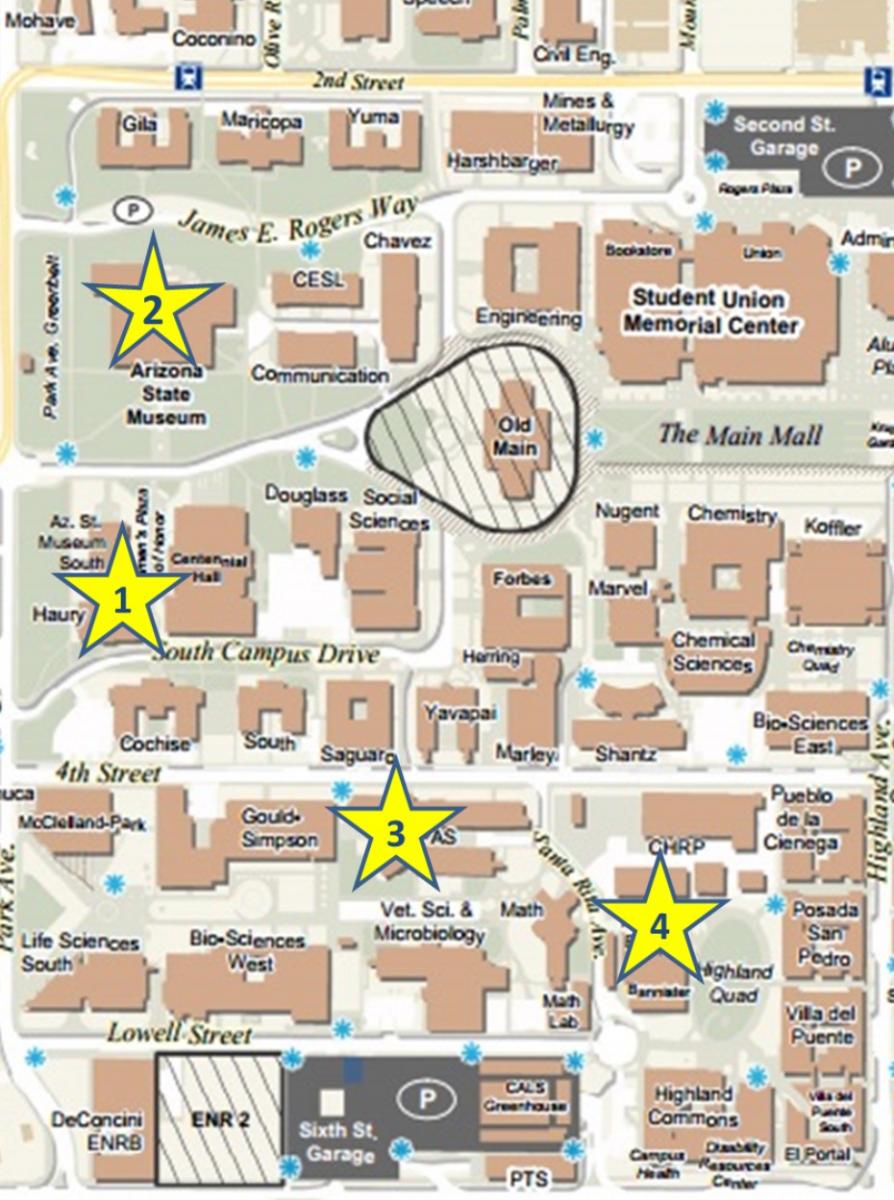
Archaeological Mapping Laboratory Open House
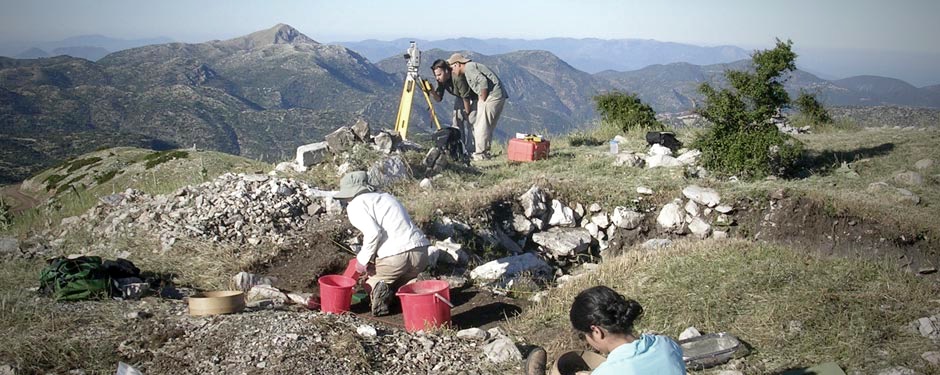
Location 1: Haury Building, 1009 East South Campus Drive, Room 408A
The Archaeological Mapping Lab is dedicated to the scientific study and analysis of ancient cities, landscapes and sanctuaries using digital cartography, GIS, remote sensing and other spatial analytical techniques. The purpose of the lab is to pursue archaeological mapping research projects as well as to train students in computerized mapping techniques. Dr. David Gilman Romano will be in the lab to demonstrate some of their current projects, including the survey and excavation project at the Sanctuary of Zeus at Mt. Lykaion in the region of Arcadia, Greece.
Laboratory for Traditional Technology Open House
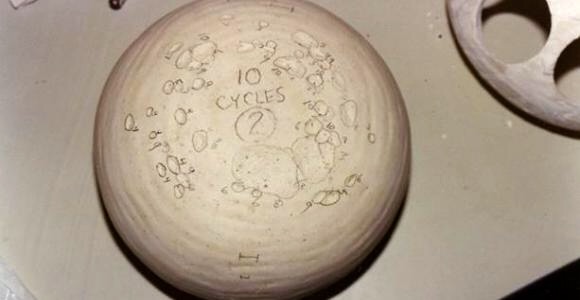
Location 1: Haury Building, 1009 East South Campus Drive, Room 125
Founded in 1984 by Professor Michael B. Schiffer, the Laboratory for Traditional Technology (LTT) has a long and celebrated history in the School of Anthropology. The goal is to enable undergraduate and graduate archaeology students, UA faculty and visiting scholars to conduct experiments and analyze materials. The study of ceramic technologies has been one of the major foci of the laboratory and many research projects with resulting publications have originated in LTT. Dr. Elena Hasaki will welcome visitors to the lab and show the results of some recent projects.
Microscopy Laboratory Open House
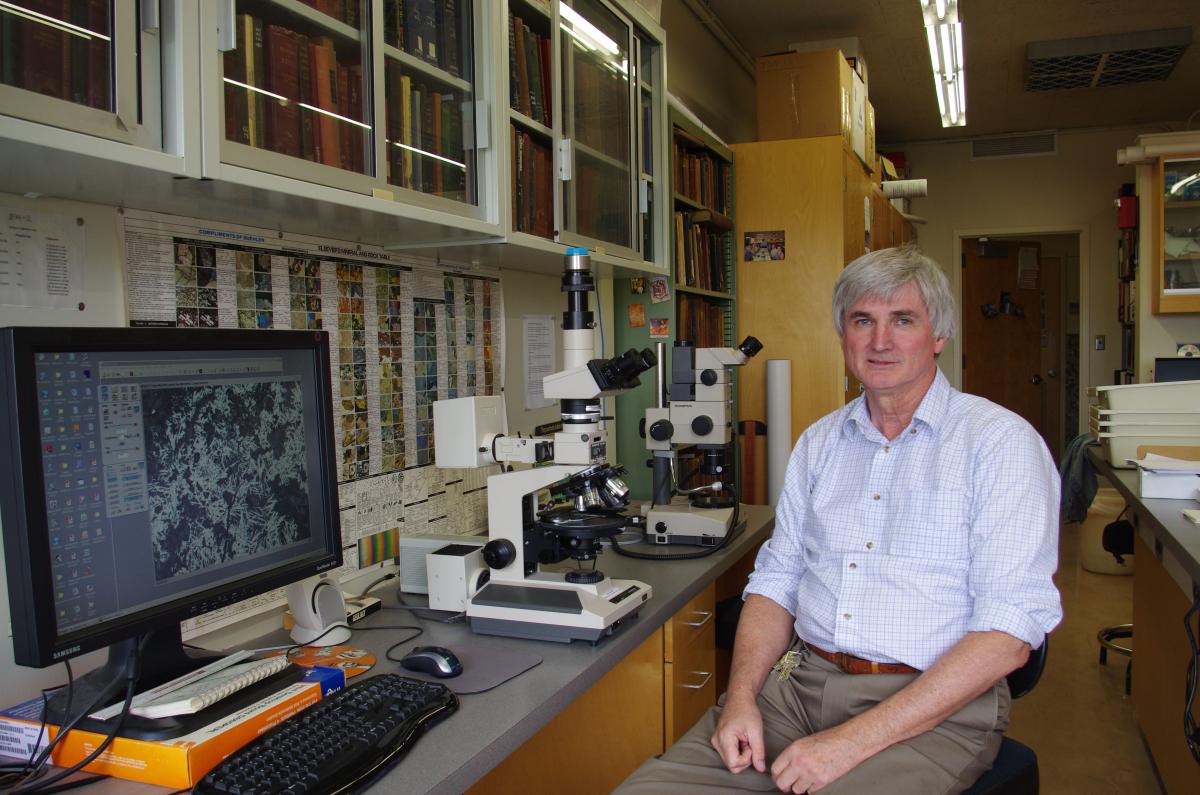
Location 1: Haury Building, 1009 East South Campus Drive, Room 411
This well-equipped laboratory in the School of Anthropology is used to study prehistoric metallurgical technologies, and to do provenance studies of pottery. Dr. David Killick will be available in the laboratory to greet visitors and explain some of the lab’s current work.
Arizona State Museum Open House
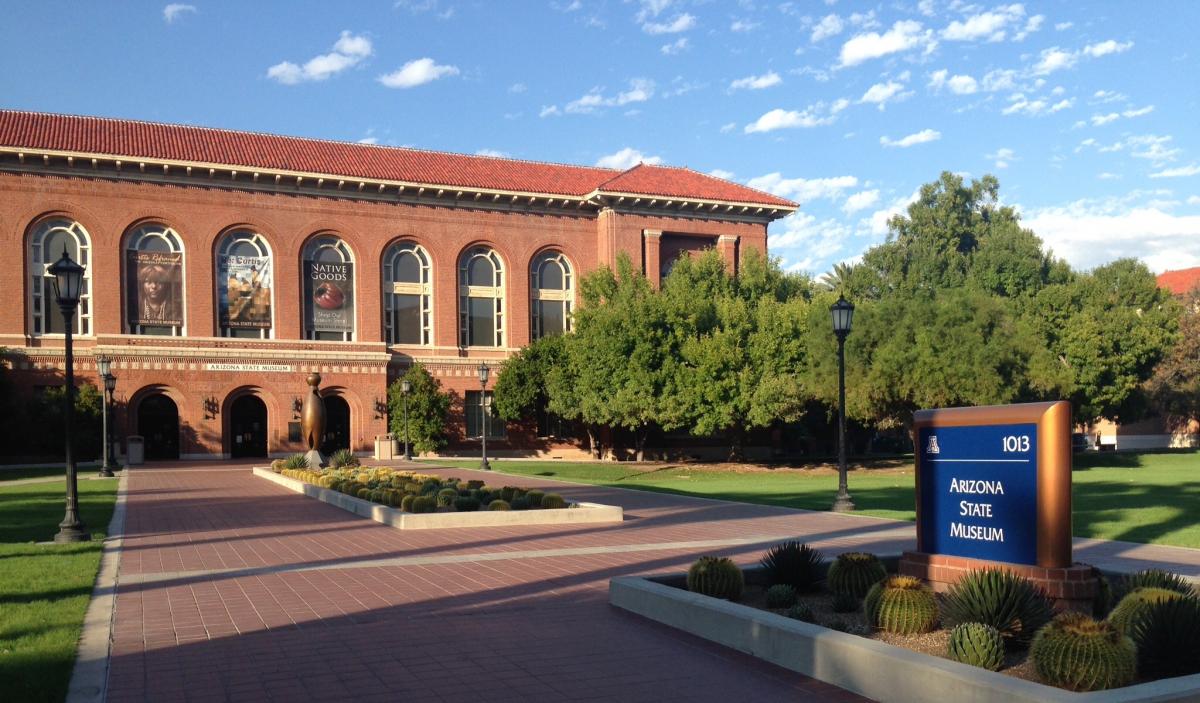
Location 2: 1013 E. University Blvd.
Founded in 1893, the Arizona State Museum (ASM) is one of the preeminent anthropology museums in the world with major archaeological and ethnographic collections representing indigenous communities in the Southwest. Temporary exhibitions focus on the controversial photographs of Native Americans by Edward S. Curtis and on responses by contemporary Native artists to those images. The exhibition “Paths of Life: American Indians of the Southwest” explores the origins, histories, and contemporary lifeways of ten Native cultures, and the Pottery Project gallery provides an overview of 2,000 years of Native pottery-making traditions in the Southwest. School of Anthropology Centennial visitors will be welcomed to the museum’s Open House with no entrance fee; museum docents will be available to guide guests; and Dr. Irene Bald Romano and Curator Mike Jacobs will present a selection of Egyptian, Near Eastern, Greek, Etruscan, and Roman objects from the little-known Mediterranean collections of ASM in a gallery adjacent to the lobby.
Accelerator Mass Spectrometry Laboratory Open House

Location 3: Physics Building, 1118 East Fourth Street
The Accelerator Mass Spectrometry (AMS) Laboratory is used primarily to provide radiocarbon measurements. The University of Arizona has operated an AMS laboratory since 1981 as a shared facility between the Departments of Physics and Geosciences and is part of the School of Earth and Environmental Sciences. AMS has provided radiocarbon dates for many archaeological projects worldwide, including in the Mediterranean region. Some of the lab’s “high-profile” analytical work has included the Dead Sea Scrolls and the Shroud of Turin. Director of the lab, Dr. Greg Hodgins, will introduce guests to the work of the lab.
Laboratory of Tree Ring Research Open House
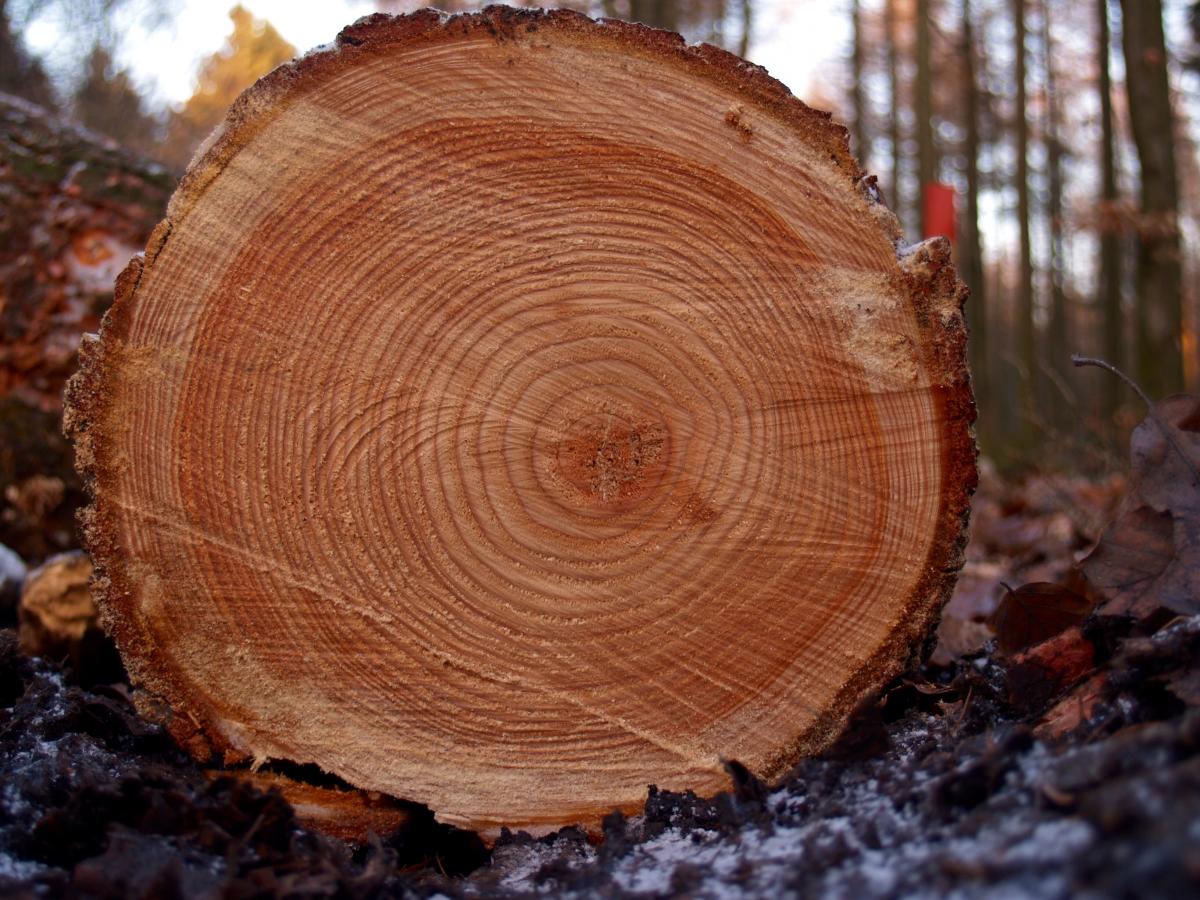
Location 4: 1215 E. Lowell Street
In 1937, A. E. Douglass, founder of the modern science of dendrochronology, established the Laboratory of Tree-Ring Research (LTRR) at the University of Arizona. LTRR is recognized worldwide as a preeminent center for the advancement of tree-ring techniques and the broad application of dendrochronology in the social and environmental sciences. Faculty, students, and scientific staff are engaged in a diverse array of research programs that include fire history and fire ecology, multiproxy paleoclimatology, archaeology, biogeography, isotope geochemistry, paleoecology, biogeochemistry, geomorphology, numerical and statistical modeling, and even public health. Staff will be on hand to welcome you to the new state-of-the-art home for the lab that opened in 2013. Dendrochronologist Dr. Charlotte Pearson will show visitors some of the wood samples from the excavations of the Byzantine port of Yenikapı in Istanbul.
From Dispersal to Diaspora: 50,000 Years of Mobility around the Mediterranean
Friday, February 27, 2015, 2-4pm - Haury 216
A symposium and panel discussion from our faculty feature their research in the Mediterranean region. The Mediterranean is the largest sea in the word, touching the coasts of over twenty nations on three continents. The diversity of language, religion, and history reflected among its peoples is remarkable, yet so is the unmistakable unity of Mediterranean culture. This enigma has both attracted and confounded scholars. The School of Anthropology researchers have been at the forefront of disentangling the complexities of Mediterranean life, past and present, and one theme common to many has been that of mobility. The panelists will take us on a journey through time and space from the first humans to tread on the sea's eastern shores to contemporary migrants in its west who face different, yet no less daunting obstacles. From pilgrims climbing the peaks of Mt. Lykaion, to invaders on the shores of Western Sicily to merchants in the harbor of Yenikapi in Istanbul, we will explore how the Mediterranean has been both a bridge and a barrier throughout its history.
Presentations:
1) Out of Africa and Around the Mediterranean: Early Modern Human Dispersals ~ Steve L. Kuhn and Mary C. Stiner
2) Ancient Highways Through Arcadia: What the Recent Evidence from Mt. Lykaion Tells Us About Mobility in Late Bronze Age Greece ~ Mary E. Voyatzis and David Gilman Romano
3) Sicily: Crossroads of the Mediterranean ~ Emma Blake and Robert Schon
4) Trade and Tree-rings in the Lost Harbor of Constantinople ~ Charlotte L. Pearson
5) Send the Moros Back to the Pyramids! Crisis and Convivencia in Europe's Salad Bowl ~ Maisa C. Taha
